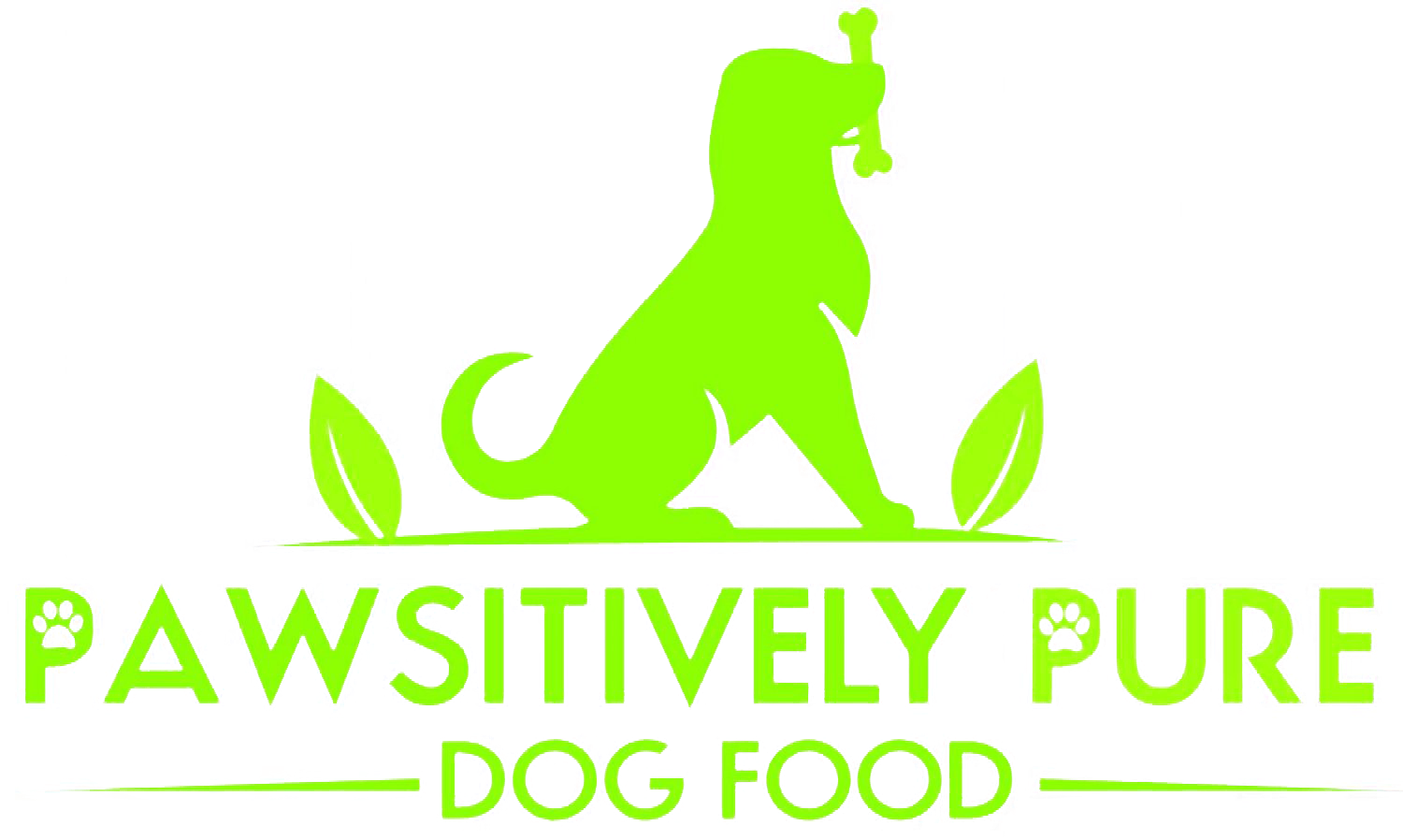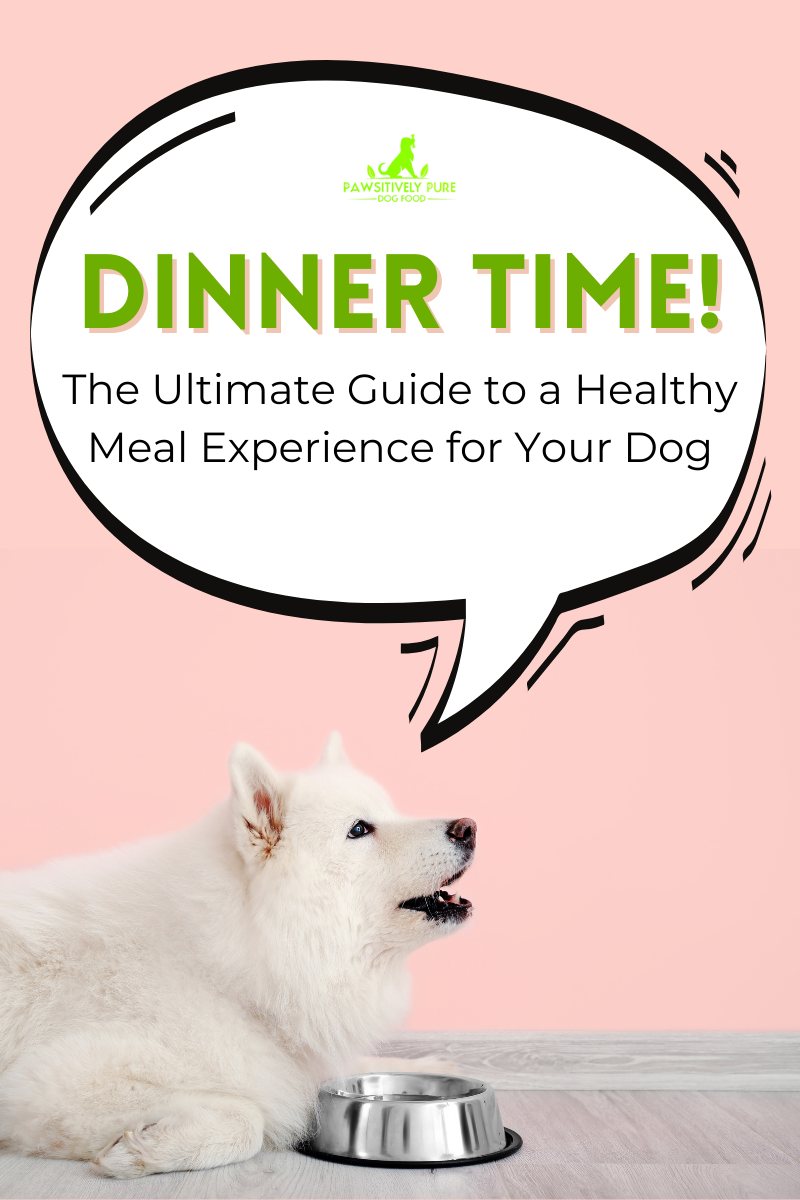Think about the last shampoo commercial you saw on TV. The company probably advertised a new formula to give you your shiniest hair ever, right? Shiny hair is a sign of healthy hair, and the same goes for your dog! While each dog’s coat is just as unique as their personalities – some dogs have wiry hair, some are fluffy, and still others are sleek – a shiny, soft, full coat can be a good indicator of your dog’s overall health.
Your dog’s skin and coat are a huge part of their overall defense against fleas, ticks, and disease. If your dog has healthy skin and a healthy coat, they are better able to fend off pest infestations and stay free from uncomfortable sores and infections. As an added bonus, a healthy coat helps your dog feel good! They’re less likely to experience itchiness and irritation.
Sounds pretty great, right? Here’s the catch: it takes more than just a new shampoo formula to restore the vibrancy and shine to your dog’s coat. Here are a few tips to pamper your pooch and make their coat the very best it can be.
Focus on Healthy Proteins in the Diet
As we’ve mentioned before, your dog’s diet is the key to their overall health and wellness. Promoting healthy skin and coat starts with a diet that’s rich in wholesome proteins! According to P.L.A.Y., the composition of your dog’s coat is 90% protein. Proteins in gently cooked dog foods are easier for your dog to digest than processed proteins and meat byproducts, so once you switch to a natural food diet, you’ll probably see a noticeable improvement in their coats.
Speaking of your dog’s diet, including plenty of omega-3 fatty acids can also improve the appearance of their skin and coat. Your dog can get omega-3’s from a variety of sources, like supplements, oils, and even from fresh fish. As always, consult your veterinarian before you make any major changes to your dog’s diet.
Groom Your Dog Regularly
While it’s not the only thing that makes your dog’s fur pretty, regular grooming and bathing can go a long way in keeping your dog’s skin and coat healthy. It comes as no surprise that your dog’s coat will look dull and dingy if they’re left dirty after playing in the mud or having a wrestling session with their best buddies. Regular brushing and “spot cleaning” can help them look their best.
If your dog suffers from itchy skin, oatmeal based shampoos can help soothe them. You can also apply natural balms and oils to their paws to help reduce irritation from their environments. Finally, brushing not only helps eliminate knots and thick undercoats, but it also helps redistribute their skin’s natural oils so their skin and fur stays moisturized.
Regularly Apply Flea and Tick Prevention
There’s nothing worse than a flea infestation for everyone in your home. Letting your dog succumb to fleas and ticks can leave them with open sores from all the biting and scratching. These open sores can easily become infected and create greater irritation for your poor pup. Your vet should recommend an appropriate pest control solution for your dog’s weight and breed that protects them and your home from infestation.
Schedule Time for Regular Exercise
Exercise is another big component of your dog’s overall health and wellness! Regular exercise benefits your dog from head to toe. A long walking session or an afternoon playing fetch at the park gets their heart pumping; in turn, this increased circulation “helps the blood carry necessary nutrients to the skin and other organs,” according to Great Pet Care. Just be sure to brush out their fur if they get dirty during their exercise!
Healthy skin and coat is more than just aesthetically pleasing for your dog – it’s their defense against disease and a good indicator of their overall health. Offering your dog a wholesome diet with real proteins and necessary supplements is a great way to start restoring strength and beauty to their skin and coat. Check out our online store to learn more about our human-grade dog food and treats!





